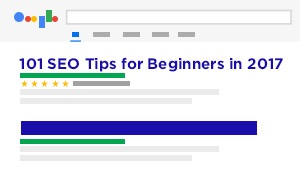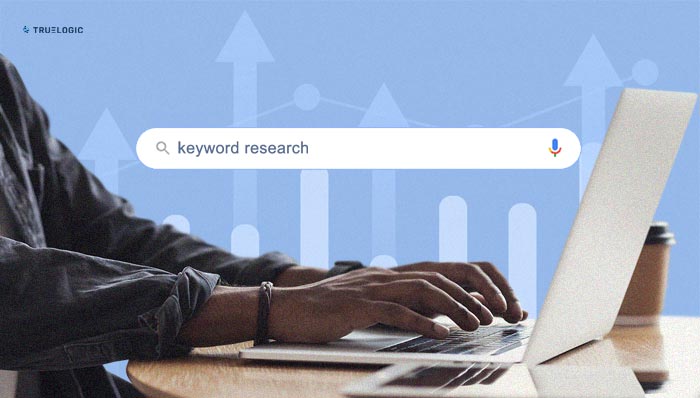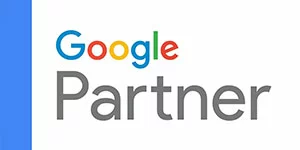Top Google Ranking Factors and SEO Techniques to Improve Your Rankings
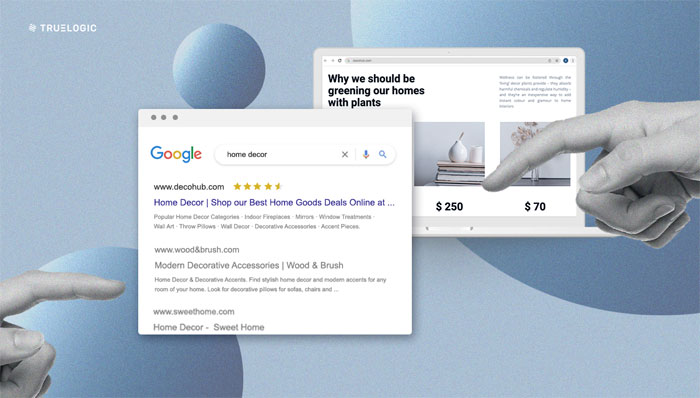
Every day, Google processes 16 billion searches, a staggering number that cements its status as the most dominant search engine in the world. For brands, this means one thing: competition for visibility is fiercer than ever.
And while there are over 200 Google ranking factors at play, you don’t need to obsess over all of them. What matters most is understanding the core SEO ranking factors and techniques that consistently drive results.
Whether you’re just starting to build your online presence or refining your digital marketing strategy for 2025, these are the areas that will have the biggest impact on your visibility, traffic, and conversions. Mastering these fundamentals can dramatically improve your SEO ranking, helping your brand stand out in increasingly competitive search results.
Understanding the Key SEO Ranking Factors
Google’s algorithm evolves constantly, but the foundation of good SEO never really changes. It’s built on three things: content, technical performance, and user experience.
If you get these right, you’re already ahead of most competitors chasing algorithm updates.
High-Quality Content Still Rules the Game
If there’s one Google ranking factor that hasn’t budged over the years, it’s content quality. The search engines’ number one goal is to give users the best answers possible, which means your content has to be original, valuable, and relevant.
What makes content truly rank-worthy?
1. Original and valuable content
Google rewards content that answers user questions in fresh, meaningful ways. Copying or lightly rephrasing what’s already out there doesn’t cut it anymore. Each post should offer unique insights or a clear angle that sets it apart.
2. Updated and fresh information
Content isn’t “set and forget”. Posts that are regularly updated with new data, stats, or examples perform better over time. Google favors pages that show signs of maintenance and relevance, especially for fast-changing topics like AI, digital marketing, or health trends.
3. Depth and completeness
Longer content tends to perform better, but not because of the word count alone. The key is comprehensiveness, answering questions users might have before they even ask them. Studies show top-ranking pages average about 1,800 words, but the real benchmark is how well you cover a topic from every angle.
4. Readability and structure
Well-organized, skimmable content helps both readers and crawlers. Use clear headers, short paragraphs, and logical flow. When readers stay longer because your content is easy to consume, Google takes that as a positive engagement signal, which in turn helps rankings.
Good content also creates momentum. When readers find your material helpful, they share it, bookmark it, and even link back to it, thereby, feeding other ranking factors like backlinks and dwell time.
Keyword Optimization: The Foundation of Everyday Strategy
Even as algorithms grow more sophisticated, keyword optimization remains one of the most crucial SEO techniques. Think of it as helping Google understand your content’s purpose and match it with the right audience.
1. Target the right keywords
Start by researching the terms your audience actually uses, not just industry jargon. Use tools like Google Trends or Keyword Planner to find high-intent phrases and related search queries.
2. Optimize placement
Your primary keywords should appear naturally in strategic places:
Avoid keyword stuffing. Instead, balance main keywords with LSI keywords (related phrases) to help Google understand your content’s broader context.
3. Match user intent
It’s not just about the right words, it’s about using them the right way. If someone searches “best SEO tools”, they’re looking for a list or comparison, not a history of SEO. align your keyword usage with the why behind a search query.
When done right, keyword optimization improves both relevance and click-through rates, helping your page rank higher and attract visitors who actually convert.
Backlinks and Internal Links: Building Trust and Traffic
If content is what builds your presence, backlinks are what build your credibility. In Google’s eyes, every quality link to your site is like a vote of confidence, proof that others trust your content enough to reference it.
But remember, not all links are created equal.
Google Values quality over quantity, one backlink from a reputable domain (say, a top media or industry site) is far more powerful than a dozen from low-quality blogs.

How to improve your backlink profile?
On the flip side, don’t forget your internal links. Think of them as the unsung heroes of SEO. These help search engines crawl your site more efficiently and keep users engaged longer by leading them to related content.
For instance, if you publish an article about keyword research, linking to your content about “SEO tools” or “on-page optimization” helps both users and Google understand your content’s structure and depth.
A good internal linking strategy not just increases page views, but also helps in reducing bounce rate, and reinforce topical relevance—three signals Google uses to determine if your content deserves a higher spot in search results.
Search Intent: Matching What Users Actually Want
Search intent is one of the most critical, and most of the time, misunderstood SEO factors.
It’s about understanding why someone typed a certain query into Google. Are they looking for information? Comparing products? Ready to buy?
When your content aligns perfectly with what users want to achieve, Google rewards you with better visibility. If it doesn’t, no matter how keyword-rich or polished it is, it’ll struggle to rank.
What are the main types of search intent?
- Informational – The user wants to learn something (eg. “how SEO works?)
- Navigational – The user is looking for a specific page (eg. “Trulogic blog”)
- Commercial – The user is comparing options (eg. “best SEO agencies in the Philippines”)
- Transactional – The user is ready to act (eg. “SEO agency for hire”)
To optimize for intent, make sure your content matches the searcher’s goal in format, tone, and structure.
If Google serves videos or infographics on page one for a query, consider producing those formats too, that’s Google’s way of saying what users prefer for that topic.
Remember: Google doesn’t just rank pages, it ranks usefulness. Pages that satisfy user intent, quickly, clearly, and completely, are far more likely to climb up the SERPs.
Technical SEO Techniques That Affect Ranking on Google
Once your content and intent are nailed down, it’s time to look under the hood. Google also evaluates how your site performs, not just what it says.
Technical SEO ensures that your site loads quickly, functions smoothly, and provides a secure, frustration-free experience for users.
Optimize Website Speed and Performance
No one likes a slow website. Not users, and most definitely not Google.
Since the rollout of Core Web Vitals, page speed has become a key ranking signal, influencing both visibility and user experience.
How to improve loading speed?
A fast, responsive website doesn’t just improve rankings, it improves conversions. Users who enjoy a smooth browsing experience are far more likely to stay, engage, and buy.
Go Mobile-First and Improve UX
Mobile-first indexing isn’t new, but it’s still one of the most overlooked SEO ranking factors. Since 2029, Google has prioritized the mobile version of websites for indexing and ranking, meaning if your site doesn’t perform well on smartphones, it’s already a big disadvantage.
What makes a website mobile-friendly?
But mobile optimization is only half of the equation. User experience (UX), how people feel while using your site, also play a major role in ranking on Google.
Google measures engagement signals like click-through rate, bounce rate, and dwell time to gauge satisfaction.
If users click your page and leave within seconds, it’s a sign something isn’t working, either your page didn’t deliver what they expected, or it was frustrating to navigate.
Make sure your pages are intuitive, visually balanced, and easy to interact with. Think of UX as a silent ranking factor, you won’t see it listed on Google’s documentation, but you’ll feel its impact in your metrics.
Secure and Structured Website Rank Better
Two key technical factors often overlooked are security and site structure.
Let’s start with security. Since 2014, Google has confirmed that HTTPS is a ranking signal. Websites with SSL certificates encrypt data between the server and the user’s browser, protecting privacy and building trust. If your site still uses HTTP, you’re sending the wrong signal both to users and to search engines.
Next is structure, how your website is organized. A well-structured site helps Google crawl and index pages efficiently.
How to strengthen your site structure?
When Google can understand your site easily, it rewards you with faster indexing and more visibility. It’s not flashy, but structure and security are underappreciated heroes of solid SEO.
SEO Tools and Analytics to Guide Your Strategy
Optimization doesn’t stop at publishing. You need data to see what’s working, and what’s not.
Use Google Analytics 4 for Smarter Insights
Google Analytics 4 (GA4) provides a deeper look into how users interact with your website, from clicks to video plays to form submissions. Unlike older versions, GA4 focuses on event-based tracking, meaning you can measure real user behavior, not just pageviews.
Example: an online store can track actions like “add to cart”, “product view”, or “checkout initiated” across devices. That means you can see where users drop off, what products get the most attention, and where to optimize.
GA4 also supports cross-platform tracking, helping you understand how customers move between mobile apps and desktop sites. This holistic view lets you fine-tune your content and campaigns for better conversions.
Here’s a video from Bernard San Juan III, Truelogic’s Managing Partner, discussing the importance of transitioning to GA4:
Invest in Local SEO and Your Google Business Profile
If your business has a physical location, Local SEO can make or break your visibility.
Setting up and optimizing your Google Business Profile (GBP) ensures that your company shows up in local search results and on Google Maps, complete with your address, contact details, and customer reviews.
Encourage customers to leave reviews (and respond to them). Keep your info accurate and up to date. This isn’t just about visibility, it’s about credibility. A well-optimized GBP helps customers trust your brand before they even visit your site.
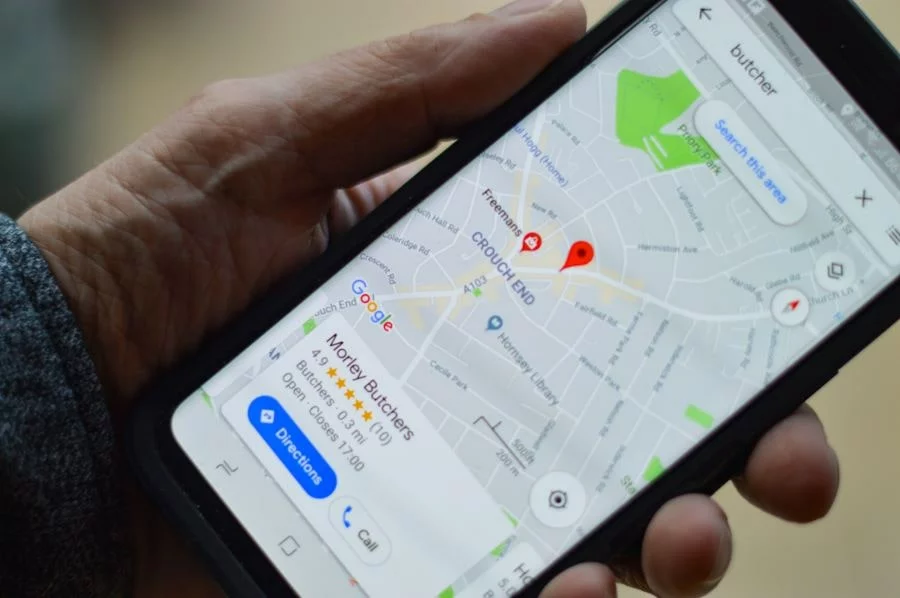
Say No to SEO Shortcuts
It’s tempting to look for “hacks” that promise overnight rankings, but black-hat SEO tactics like keyword stuffing or spammy link schemes will only hurt you in the long run.
Google’s algorithms are smarter than ever, and so are its penalties.
True SEO success comes from patience, data-driven strategy, and consistent quality. If a technique sounds too good to be true, it probably is.
Final Thoughts
At the end of the day, ranking on Google isn’t about chasing all 200 SEO ranking factors, it’s about mastering the ones that matter most.
Focus on quality content, intent alignment, technical performance, and a seamless user experience. Everything else is just fine-tuning.
If you want expert guidance to help you stay ahead of SEO trends and algorithm updates, talk to Truelogic. We’ve helped hundreds of businesses build visibility, authority, and growth online, and we can do the same for yours.



